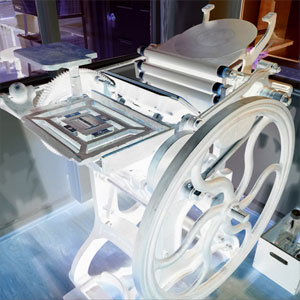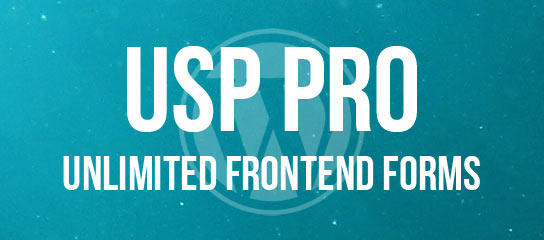
CLB+ Enthusiastic Firefox users enjoy the luxury of Live Bookmarks, a feature of Firefox that automatically discovers and updates RSS feeds. Web pages with available feeds are indicated by the orange feed icon located in the browser’s address bar. Clicking the feed icon presents a list of all available feeds for that particular webpage. Users then select which feeds they would like Firefox to bookmark, track, and automatically update. Makes subscribing stupid easy. Very handy indeed. Continue reading »
![[ Head Meta Data ]](https://perishablepress.com/wp/wp-content/images/2012/head-meta-data.png)
Head Meta Data (previously known as Head MetaData Plus) adds a complete set of <meta /> tags to the <head></head> section of all posts and pages on your site. Including meta information about your site is a great way to refine definition, enhance branding, and improve the semantic quality of your pages. Continue reading »
Improve accessibility by adding title attributes to your WordPress userspace. Note: This article applies specifically to WordPress 2.0.2, but may be generalized to any WP 2.0+ version. By default, WordPress navigation links omit the title attributes for both page and post views. Title attributes for links provide additional information that can improve the accessibility of your website. This is especially true when images or text symbols exclusively are used for navigation. To add title attributes to WordPress page-view links (e.g., […] Continue reading »
Before today, the extent of my concern with tags involved local post tags via UTW and meta keywords via Autometa. Wanting to dive deeper into tagging, I added metadata Technorati tag links as icons appearing after each local tag link, generally located within post meta information. Adding the icon links is easy. Go to the UTW Options panel and in the “Global Formatting Settings” section, select the Technorati Tag. Then simply add the following (or something similar) to your index.php […] Continue reading »
I recently enabled the permalinks feature for a fresh WordPress 2.0.2 upgrade. The process required several hours of research and approximately 90 minutes to fully implement. This brief article summarizes the process and applies to the following setup: Continue reading »
A list of HTTP Error codes and corresponding definitions: Informational Codes 100 — Continue 101 — Switching Protocols Successful Client Requests 200 — OK 201 — Created 202 — Accepted 203 — Non-Authoritative Information 204 — No Content 205 — Reset Content 206 — Partial Content Client Request Redirected 300 — Multiple Choices 301 — Moved Permanently 302 — Moved Temporarily 303 — See Other 304 — Not Modified 305 — Use Proxy 307 — Temporary Redirect Client Request Errors […] Continue reading »
I love looking at beautiful source-code output. However WordPress tends to spit code out in random chunks, often leaving spaces, line breaks, and tabs littered throughout the source output. This messes things up. Lists don’t look like lists and logically written code often appears scattered along the page carelessly. Often, this is the result of poorly written PHP, which can be manipulated to write beautifully aligned code that looks as good as it works. Continue reading »
Welcome to Perishable Press! This article covers many different aspects of WordPress functionality, including customizing quicktags, deleting the cache, numbering comments & posts, changing password text, and displaying archive menus. Note that this article was written for previous versions (i.e., less than 2.0) of WordPress. Discrepancies may exist between the code presented in this post and that of more recent versions of WordPress. Nonetheless, this information is presented for references purposes with the hope that it will prove useful for […] Continue reading »
This website is the product of over three months of code, design, redesign, and eyedrops. It takes advantage of WordPress 2.0, which has been functioning flawlessly. The Monzilla website (and all subsequent sites) will also employ WP 2.0, or whichever version is the most current at the time of design. Continue reading »


![[ Head Meta Data ]](https://perishablepress.com/wp/wp-content/images/2012/head-meta-data.png)
